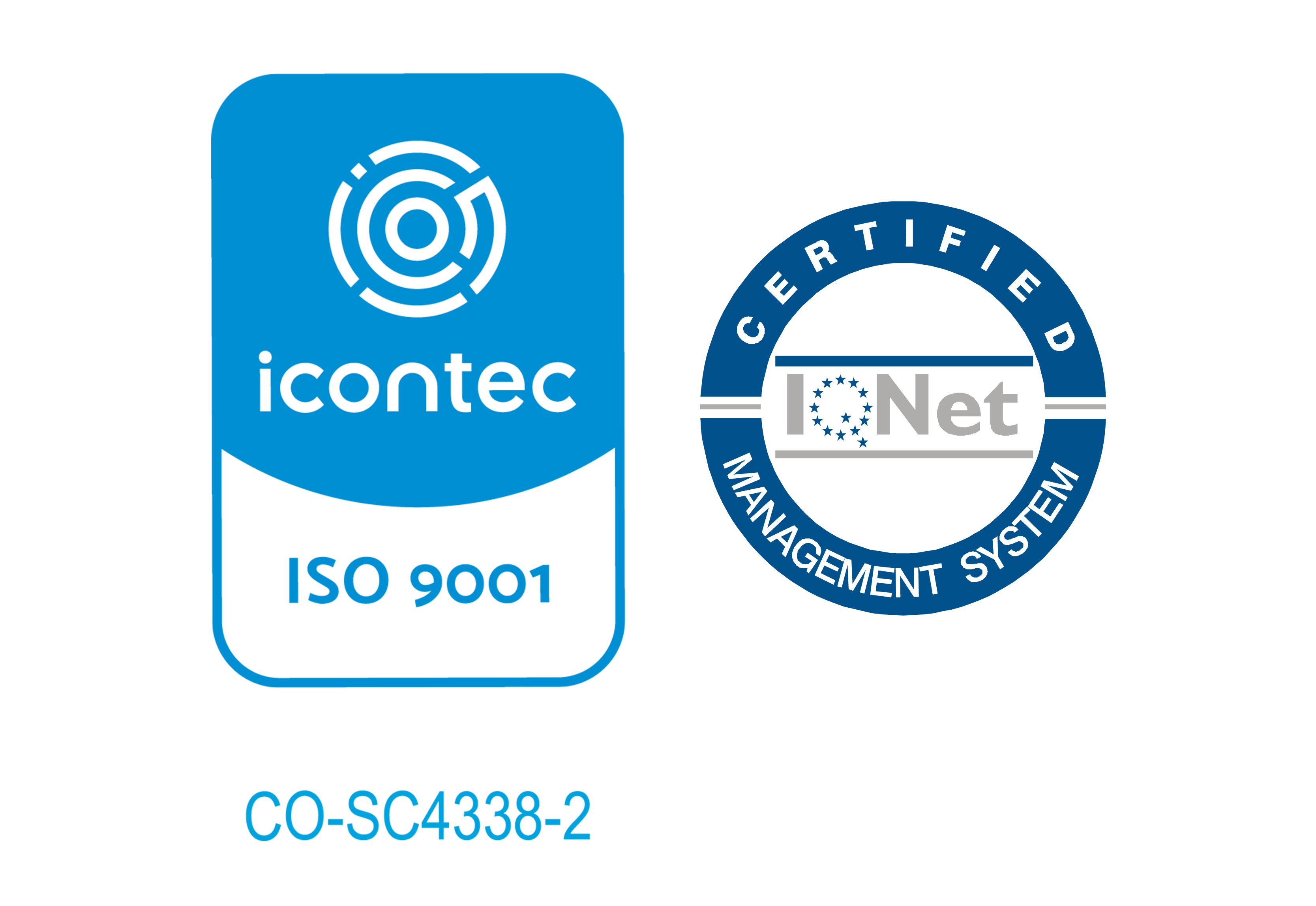Machine generated contents note: ch. 1 Overview of Propensity Score Analysis -- Learning Objectives -- 1.1. Introduction -- 1.2. Rubin's Causal Model -- 1.2.1. Potential Outcomes -- 1.2.2. Types of Treatment Effects -- 7.2.3. Assumptions -- 1.3. Campbell's Framework -- 1.4. Propensity Scores -- 1.5. Description of Example -- 1.6. Steps of Propensity Score Analysis -- 1.6.1. Data Preparation -- 1.6.2. Propensity Score Estimation -- 1.6.3. Propensity Score Method Implementation -- 1.6.4. Covariate Balance Evaluation -- 1.6.5. Treatment Effect Estimation -- 1.6.6. Sensitivity Analysis -- 1.7. Propensity Score Analysis With Complex Survey Data -- 1.8. Resources for Learning R -- 1.8.1. R Packages for Propensity Score Analysis -- 1.9. Conclusion -- Study Questions -- ch. 2 Propensity Score Estimation -- Learning Objectives -- 2.1. Introduction -- 2.2. Description of Example -- 2.3. Selection of Covariates -- 2.4. Dealing With Missing Data -- 2.5. Methods for Propensity Score Estimation -- 2.5.7. Logistic Regression -- 2.5.2. Recursive Partitioning Algorithms -- 2.5.3. Generalized Boosted Modeling -- 2.6. Evaluation of Common Support -- 2.7. Conclusion -- Study Questions -- ch. 3 Propensity Score Weighting -- Learning Objectives -- 3.1. Introduction -- 3.2. Description of Example -- 3.3. Calculation of Weights -- 3.4. Covariate Balance Check -- 3.5. Estimation of Treatment Effects With Propensity Score Weighting -- 3.6. Propensity Score Weighting With Multiple Imputed Data Sets -- 3.7. Doubly Robust Estimation of Treatment Effect With Propensity Score Weighting -- 3.8. Sensitivity Analysis -- 3.9. Conclusion -- Study Questions -- ch. 4 Propensity Score Stratification -- Learning Objectives -- 4.1. Introduction -- 4.2. Description of Example -- 4.3. Propensity Score Estimation -- 4.4. Propensity Score Stratification -- 4.4.7. Covariate Balance Evaluation -- 4.4.2. Estimation of Treatment Effects -- 4.5. Marginal Mean Weighting Through Stratification -- 4.5.7. Covariate Balance Evaluation -- 4.5.2. Estimation of Treatment Effect -- 4.5.3. Doubly Robust Estimation With MMWS -- 4.6. Conclusion -- Study Questions -- ch. 5 Propensity Score Matching -- Learning Objectives -- 5.1. Introduction -- 5.2. Description of Example -- 5.3. Propensity Score Estimation -- 5.4. Propensity Score Matching Algorithms -- 5.4.7. Greedy Matching -- 5.4.2. Genetic Matching -- 5.4.3. Optimal Matching -- 5.4.4. Full Matching -- 5.5. Evaluation of Covariate Balance -- 5.6. Estimation of Treatment Effects -- 5.7. Sensitivity Analysis -- 5.8. Conclusion -- Study Questions -- ch. 6 Propensity Score Methods for Multiple Treatments -- Learning Objectives -- 6.1. Introduction -- 6.2. Description of Example -- 6.3. Estimation of Generalized Propensity Scores With Multinomial Logistic Regression -- 6.4. Estimation of Generalized Propensity Scores With Data Mining Methods -- 6.5. Propensity Score Weighting for Multiple Treatments -- 6.5.1. Covariate Balance With Weights From Multinomial Logistic Regression -- 6.5.2. Covariate Balance With Weights From Generalized Boosted Modeling -- 6.5.3. Marginal Mean Weighting Through Stratification for Multiple Treatment Versions -- 6.6. Estimation of Treatment Effect of Multiple Treatments -- 6.7. Conclusion -- Study Questions -- ch. 7 Propensity Score Methods for Continuous Treatment Doses -- Learning Objectives -- 7.1. Introduction -- 7.2. Description of Example -- 7.3. Generalized Propensity Scores -- 7.3.7. Dose Response Function -- 7.4. Inverse Probability Weighting -- 7.4.1. Estimation of the Average Treatment Effect -- 7.5. Conclusion -- Study Questions -- ch. 8 Propensity Score Analysis With Structural Equation Models -- Learning Objectives -- 8.1. Introduction -- 8.2. Description of Example -- 8.3. Latent Confounding Variables -- 8.4. Estimation of Propensity Scores -- 8.5. Propensity Score Methods -- 8.6. Treatment Effect Estimation With Multiple-Group Structural Equation Models -- 8.7. Treatment Effect Estimation With Multiple-Indicator and Multiple-Causes Models -- 8.8. Conclusion -- Study Questions -- ch. 9 Weighting Methods for Time-Varying Treatments -- Learning Objectives -- 9.1. Introduction -- 9.2. Description of Example -- 9.3. Inverse Probability of Treatment Weights -- 9.4. Stabilized Inverse Probability of Treatment Weights -- 9.5. Evaluation of Covariate Balance -- 9.6. Estimation of Treatment Effects -- 9.6.1. Weighted Regression With Cluster-Robust Standard Errors -- 9.6.2. Generalized Estimating Equations -- 9.7. Conclusion -- Study Questions -- ch. 10 Propensity Score Methods With Multilevel Data -- Learning Objectives -- 10.1. Introduction -- 10.2. Description of Example -- 10.3. Estimation of Propensity Scores With Multilevel Data -- 10.3.1. Multilevel Logistic Regression -- 10.3.2. Logistic Regression With Fixed Cluster Effects -- 10.4. Propensity Score Weighting -- 10.5. Treatment Effect Estimation -- 10.6. Conclusion -- Study Questions -- References.

Escuela de administración
Facultad de Jurisprudencia
Facultad de Ciencias
Escuela de Ciencias
Escuela de Medicina
Facultad de Economía
Facultad de Estudios
Facultad de Creación
Escuela de Ingeniería,
Otras Ofertas
 Historia y símbolos
Historia y símbolos
 Enfoque estratégico
Enfoque estratégico
 Gobierno universitario
Gobierno universitario
 Playbok - Nuestros pilares de transformación
Playbok - Nuestros pilares de transformación
 Protocolo de seguridad
Protocolo de seguridad
 Archivo histórico
Archivo histórico
 Portafolio de becas, descuentos y apoyo financiero
Portafolio de becas, descuentos y apoyo financiero
 Casa UR
Casa UR






 Proyección social
Proyección social Filantropía
Filantropía Hagámoslo posible
Hagámoslo posible

 Libro
Libro







